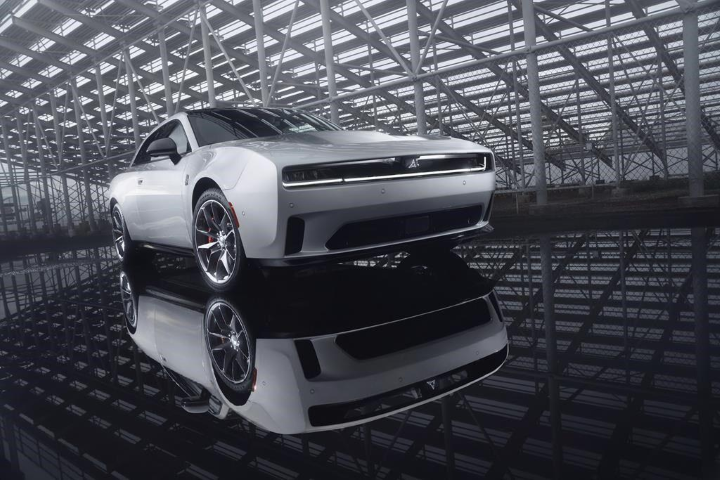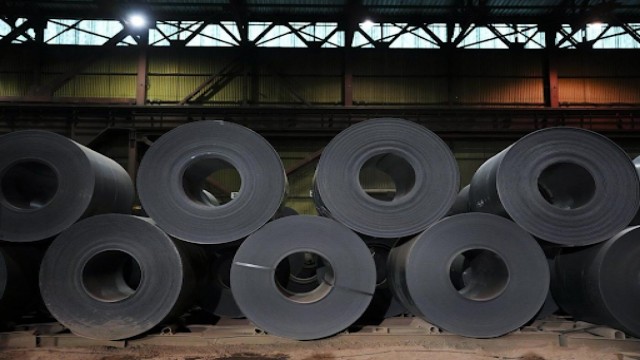
The all electric 2024 Dodge Charger Daytona Scat Pack, shown here in a photo released by Stellantis, delivers 670 horsepower and is expected to reach 0-60 mph in 3.3 seconds. Dodge is unveiling two battery-powered versions of the Charger muscle car that will still roar like a big V8 engine but not emit pollution from the tailpipe. (Stellantis via AP)
America's cherished muscle car culture, steeped in the roar of gasoline-powered engines, is evolving to embrace the age of electric vehicles, albeit with a nod to tradition. Dodge, renowned for its high-performance vehicles, introduced two electric versions of the Charger muscle car on Tuesday, promising the same thunderous sound without tailpipe emissions.
The Stellantis brand, known for its powerful gas-guzzlers, will continue offering a gas-powered Charger alongside the electric models. Both iterations will be built on Stellantis' large vehicle platform, with production at the Windsor, Ontario, factory adaptable to demand for either gasoline or electric vehicles, providing flexibility for changing market dynamics.
Last year, Stellantis ceased production of gas-powered Chargers and Challengers, sparking speculation about the future of these iconic vehicles. However, Dodge CEO Tim Kuniskis assured that a gas version was always in the plans, even as the company showcased its electric models reminiscent of 1960s Chargers, complete with sleek aerodynamics and hatchbacks.
The electric Charger Daytona models, named after the NASCAR raceway in Florida, will offer two powertrain options. The top-tier variant boasts an impressive 670 horsepower, accelerating from zero to 60 miles per hour in just 3.3 seconds. Another variant delivers 496 horsepower with a zero to 60 time of 4.7 seconds. Dodge claims these electric models to be the world's fastest and most powerful muscle cars, with even higher-performance versions slated for the future.
The electric Chargers are expected to have ranges of 317 and 260 miles per charge, respectively. To maintain the iconic V8 sound, Dodge will equip both electric and gas models with the Fratzonic Chambered Exhaust system.
Despite their weight due to large batteries, the electric Chargers aim to preserve the muscle car experience while embracing sustainability. Meanwhile, the new gas-powered Charger Sixpack, featuring a turbocharged 3-liter six-cylinder engine, promises enhanced performance compared to its predecessors.
All versions will feature all-wheel-drive capabilities, with options for rear-wheel drive to accommodate enthusiasts. Production of the coupe Daytona models is scheduled to commence in the summer, while the electric and gas-powered versions will follow early next year.
While federal incentives may influence consumer choices, Dodge anticipates demand for both electric and gas-powered models. The company expects scrutiny from environmental groups but emphasizes the importance of providing consumers with diverse choices in the automotive market.
For Kuniskis, offering an electric Charger aligns with evolving consumer preferences while staying true to the brand's performance legacy. Despite potential criticism, Dodge remains committed to offering options that resonate with its diverse customer base.















